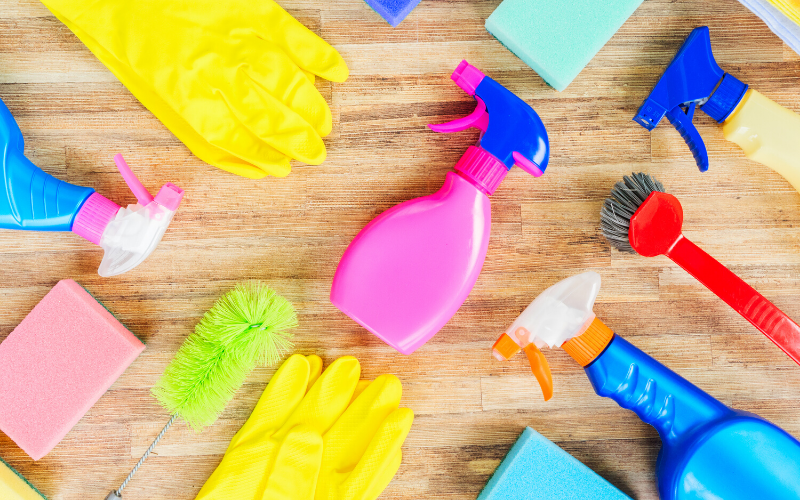Argomenti trattati
Home, sweet home. But it is precisely at home, where you feel safest, that you run the greatest health risks. The World Health Organization has long since raised the alarm, revealing that about 40% of the materials we have at home and the products we use every day are potentially toxic substances.
Chemicals for cleaning, pesticides for gardening or to keep unwanted guests away from the home. Incense and candles that burn and release harmful gases. Every day we come into contact with many potential risks. Some pose an immediate danger, such as poisoning. Others are more insidious because they have long-term health effects after years of exposure. So here are the 3 main poisons and toxic substances found in our homes.
Toxic Substances: Chemical Detergents
According to statistics, almost a third of household poisoning is caused by cleaning products. In addition to the risk of misuse, some substances are already dangerous in themselves. In fact, accidentally ingesting them, inhaling them or coming into contact with skin and eyes can have serious effects on your health.
Some of these can also leave permanent damage. For example, ingestion of caustic substances (such as ammonia) or corrosive substances (such as disgorgers or scale inhibitors) can cause injury to the digestive system. Recently, single-dose caps, such as those for dishwashers, are also of concern because they contain very concentrated surfactants.
Bleach
This is a product we tend to abuse. Houses are all too sanitize and children grow up without a good immune system. For this reason, we should avoid using bleach unless strictly necessary. The risks are not even justified, and they are not few: it is corrosive, toxic by inhalation, and it pollutes aquatic environments.
Beware then of deadly mixtures, for example with ammonia or hydrochloric acid. The chemical reaction, in fact, releases gaseous compounds called chloramines. If inhaled, they cause disturbances such as coughing, nausea, chest pain, eye tears and even respiratory tract intoxications.
Pesticides
We know mainly those used in agriculture, but even household chemicals are certainly not harmless. Insecticides, topicides, tarmicides contain more or less toxic substances. As a result, they are dangerous by inhalation, for example indoors, in contact with the skin and if swallowed.
Among the worst insecticides are those based on carbamates, which give acute intoxications with respiratory problems and convulsions. Among the tarmicides, instead, pay attention to camphor, which is neurotoxic even in small doses. The topicides finally block blood clotting, causing bleeding.

